The maths is simple. Frankfurt and its biennial motor show lie 501 miles from Autocar Towers in Twickenham, according to Google Maps. This Jaguar I-Pace, Autocar’s long-term test car, has an official range of 298 miles. So you can work out for yourself how many re-charge stops might be needed – in theory – to get to Frankfurt. But we’re more interested in how such a road trip for one of the new breed of long-range electric cars like the I-Pace will pan out in practice.
What makes the journey a feasible proposition this year is the growing number of fast-charging stations that promise to reload the I-Pace’s 90kWh battery in under an hour. We are going to use exclusively the fast-charger network run by Ionity, newly established by car makers as their version of Tesla’s Supercharger network and intended to facilitate exactly what Autocar is attempting: a cross-Continent journey by battery-electric vehicle (BEV).
Planning the journey is a challenge in itself. Ionity’s chargers are placed around 85 to 100 miles apart and, given that the I-Pace’s real-world range appears to be 200 miles, it’s a tricky balance to decide how far to push the stops.
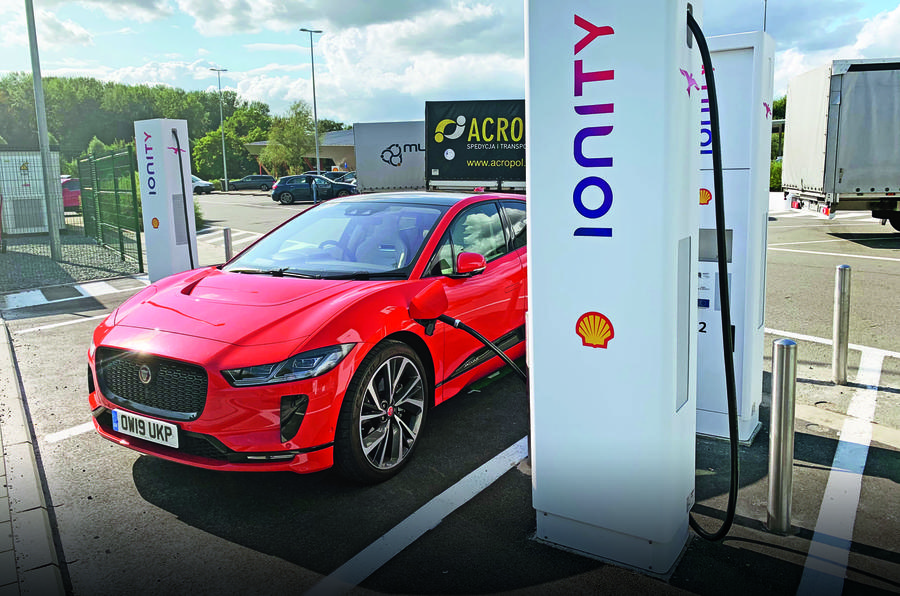
In the planning stage, I opt for a conservative strategy of nine fast-charge stops in total for a round trip of around 1000 miles. But during the journey itself, I’m left wishing we could drop a couple of stops to speed up progress.
More experience of driving the I-Pace in the UK would have given me the confidence to push the stops, but there are a few unknowns about range, plus an unmovable deadline to attend a press conference in Frankfurt set by news editor Lawrence Allan, so a stranding is out of the question.
We also don’t know how the Ionity fast-charge hardware and I-Pace on-board electronics will work together. Will the battery be able to take a 100% charge in a sensible time?

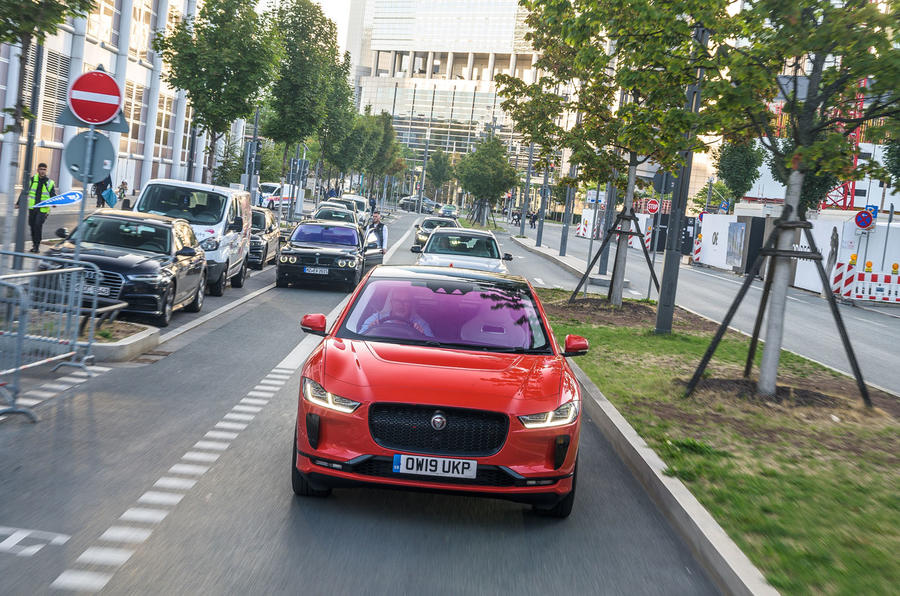













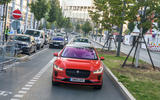















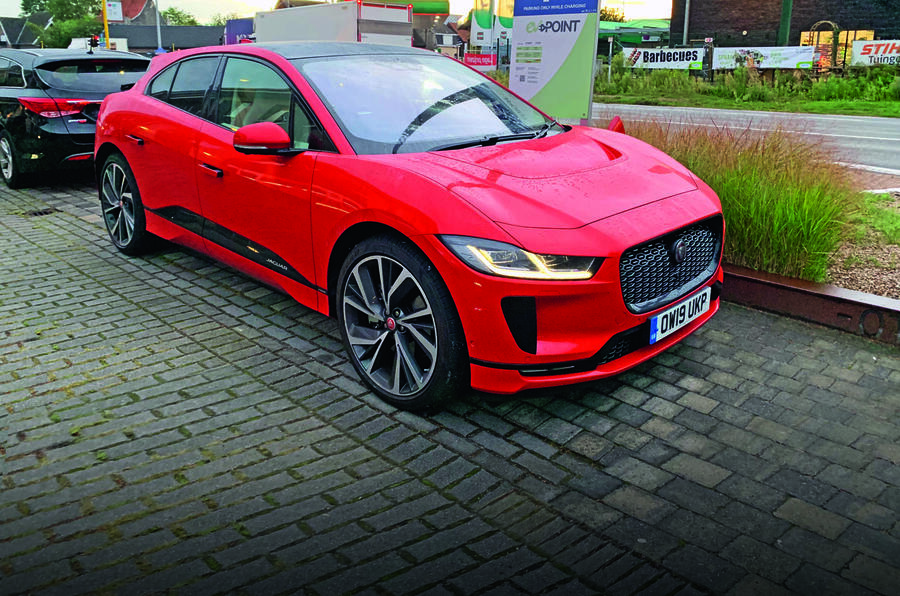



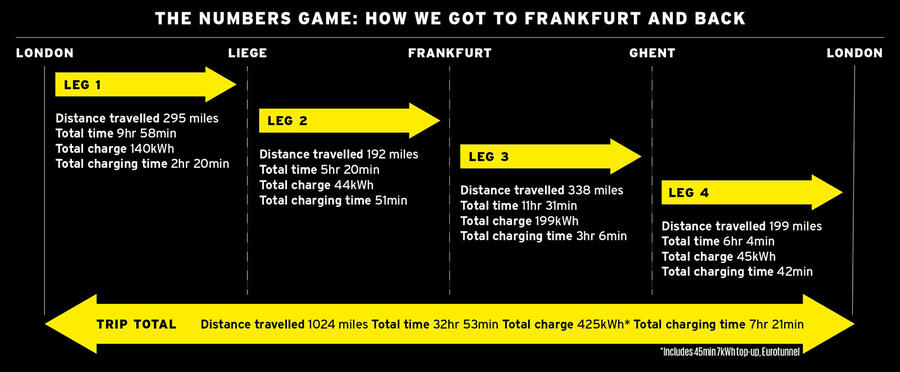


Join the debate
Add your comment
Well done, but i disagree
Hi i've a Jaguar i-pace since september 2018 and i've driven about 30.000 km.
Based on that, i can tell you somethig based on my truly experience:
1. the jaguar i-pace is able to do more than 300 km per charge in Higway, so in an 1000 miles challenge, u can plan less stops than planned and you can charge till 90%, or u simply waste time.
2. the navigation system doesn't work very well, u right but is it worse the autonomy calculation computer, too much conservative; do not look at that;
3. to do my trips i use an experimental app, named Power Cruise Control, that manage very well the i-pace energy, and is able to let you forgot the range anxiety, trust me. if anyone want do know something more about that pls contact me. I've also done some video comparison between the i-pace navigation system and PCC and you can see clearly the difference. I've done a 1000 km challege with my i-pace and i can tell u that u can easily cut a 30% of the total trip's time by using this app instead of the i-pace navigation system.
Conclusion: THE I-PACE can go better than the same i-pace computer can tell u
This confirms that Tesla is
This confirms that Tesla is the EV for the job. Forget I-Pace
FRI2 wrote:
No it actually confirms that there is still no substitue for fossil fuels when driving great distances, Clarkson drove over a 1000 miles in an old Diesel XJ without having to fill up or drive like Miss Daisy and that was over 10 years ago.
Frankfurt or Busted
Everyone knows that the faster you drive, the more fuel you use.
Why sit on a motor way at 70-80 mph, when 60-65 would increase your range and use less stops for charging?
More speed... Less Haste.
I drive all over Europe and I'm never late to my destination because I use my sense and drive accordingly.